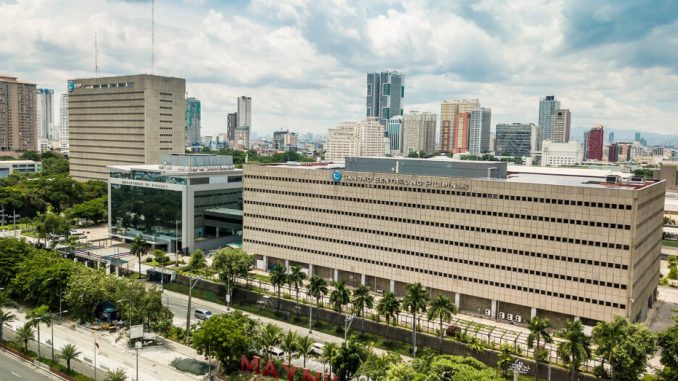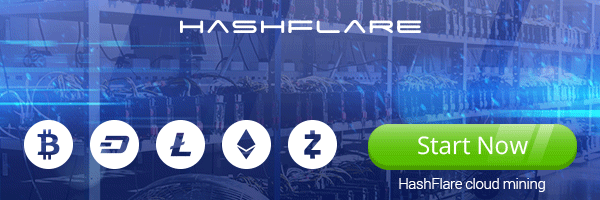
BSP approves pilot for PHPC, a Peso-backed stablecoin, in collaboration with Coins.ph.
Sandbox testing to evaluate PHPC’s real-world performance and impact on local fiat ecosystem.
Transition to real-world usage subject to final evaluations and approvals by central bank.
The digital currencies landscape in the Philippines is set for a major shift after the country’s central bank, Bangko Sentral ng Pilipinas (BSP), granted approval for the commencement of a pilot program for a Philippine Peso-backed stablecoin (PHPC).
BHP’s move signals a progressive step towards exploring the potential of blockchain technology and stablecoins in the nation’s financial ecosystem.
Sandbox testing to evaluate PHPC’s viability
The pilot program, conducted within the framework of BSP’s Regulatory Sandbox, will see the collaboration between the central bank and crypto wallet provider Coins.ph.
#ICYMI: #CoinsPH has been granted @bangkosentral (BSP) approval to pilot PHPC, a Philippine Peso stablecoin 🇵🇭
Learn more about this milestone and the pilot here: https://t.co/zpQQvr7Pv9 pic.twitter.com/a2jWB8mSeJ
— Coins.ph (@coinsph) May 9, 2024
The primary objective of the pilot program is to assess the real-world performance of the PHPC and its potential impact on the local fiat ecosystem.
Under the terms of the pilot, Coins.ph will maintain cash reserves in pesos equivalent to the circulating supply of PHPC within the sandbox environment, ensuring a stable 1:1 pegging of the digital currency to the Philippine peso.
BSP’s choice Coins.ph is strategic. Being a licensed crypto service provider in the Philippines, Coins.ph dominates Philippines crypto space, especially after its partnership with Circle in 2023 for USDC remittances in the Philippines. It was the first to add BRC-20-support in the Philippines.
The sandbox testing phase is designed to explore various use cases for PHPC, including domestic and cross-border payments, trading with other virtual assets, hedging against market volatility, and providing collateral and liquidity in decentralized finance (DeFi) applications.
These trials will provide valuable insights into PHPC’s practicality and effectiveness in facilitating financial transactions and promoting financial inclusion in the Philippines.
Transitioning from sandbox to real-world usage
While the pilot program marks an important milestone in the development of PHPC, its transition from a sandbox environment to real-world usage is contingent upon the results of the testing phase and final evaluations by the central bank.
According to local regulations, the duration of the testing period can range from three to 12 months, depending on the complexity of the project. However, no official deadline has been disclosed for the conclusion of the stablecoin experiment.
The current initiative to launch a Peso-backed stablecoin builds upon previous efforts to introduce stablecoins pegged to the Philippine peso, such as the PHX launched by UnionBank in 2019. UnionBank’s PHX, aimed at driving greater financial inclusion, is also redeemable for pesos and implemented on the bank’s i2i platform.
The emergence of PHPC and other stablecoin projects reflects the growing recognition of digital currencies as viable tools for enhancing financial services and expanding access to digital payments in the Philippines.






Be the first to comment